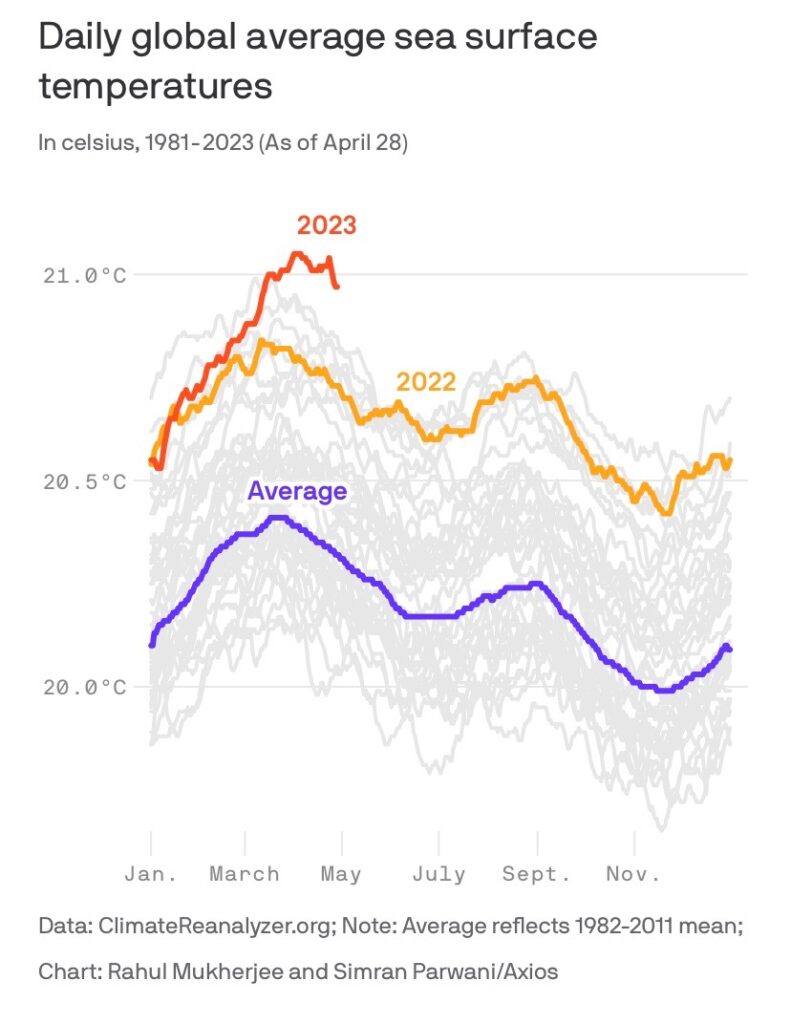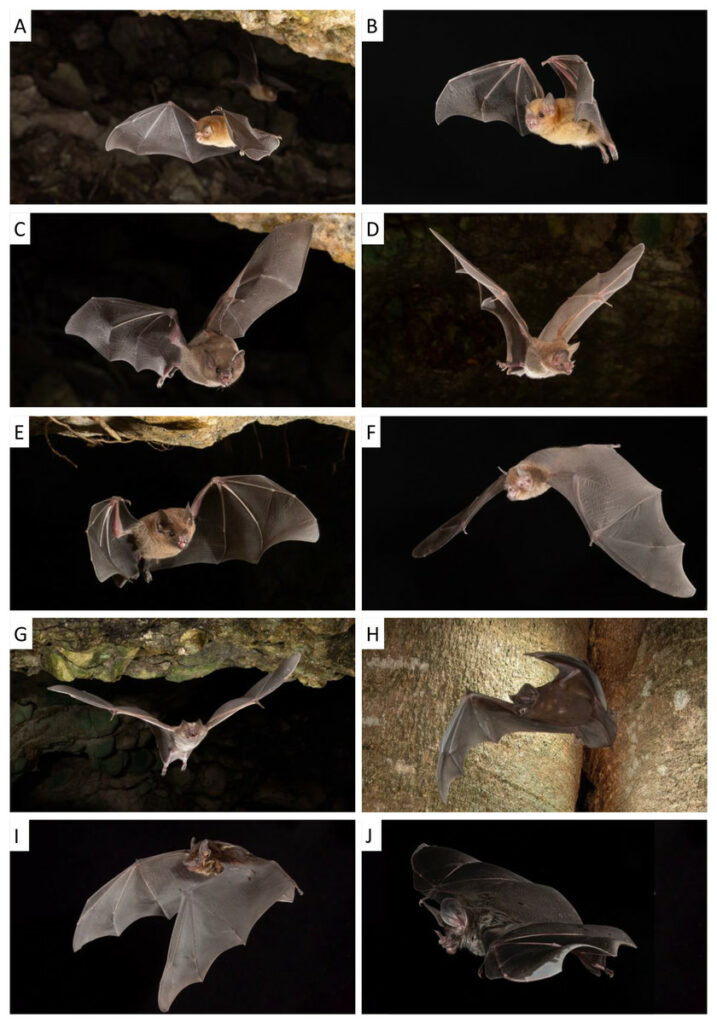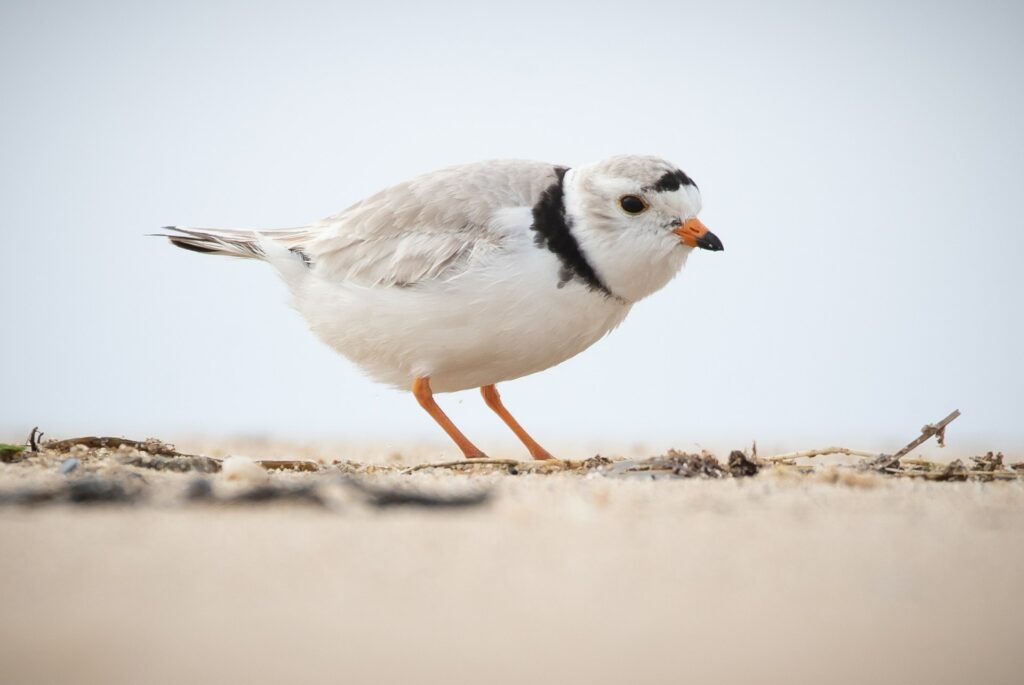Check out this new, interactive UNEP-WCMC blue ecosystems website covering #coral reefs, kelp forests, mangroves, and seagrass meadows
🔗 https://www.unep.org/interactives/why-blue-ecosystems-matter/
Considering where sea temperatures are headed – both long term and particularly this year – the best time to act was 20 years ago, but the second-best time to act is now.
What are we as a global community going to do about it?
And is what we’re doing right now (30% protections/restoration/etc.) enough?
🐬 🪸 🦭 🦞 🦑 🦈 🦦 🐚 🐋 🐙 🐡 🦀 🐠






